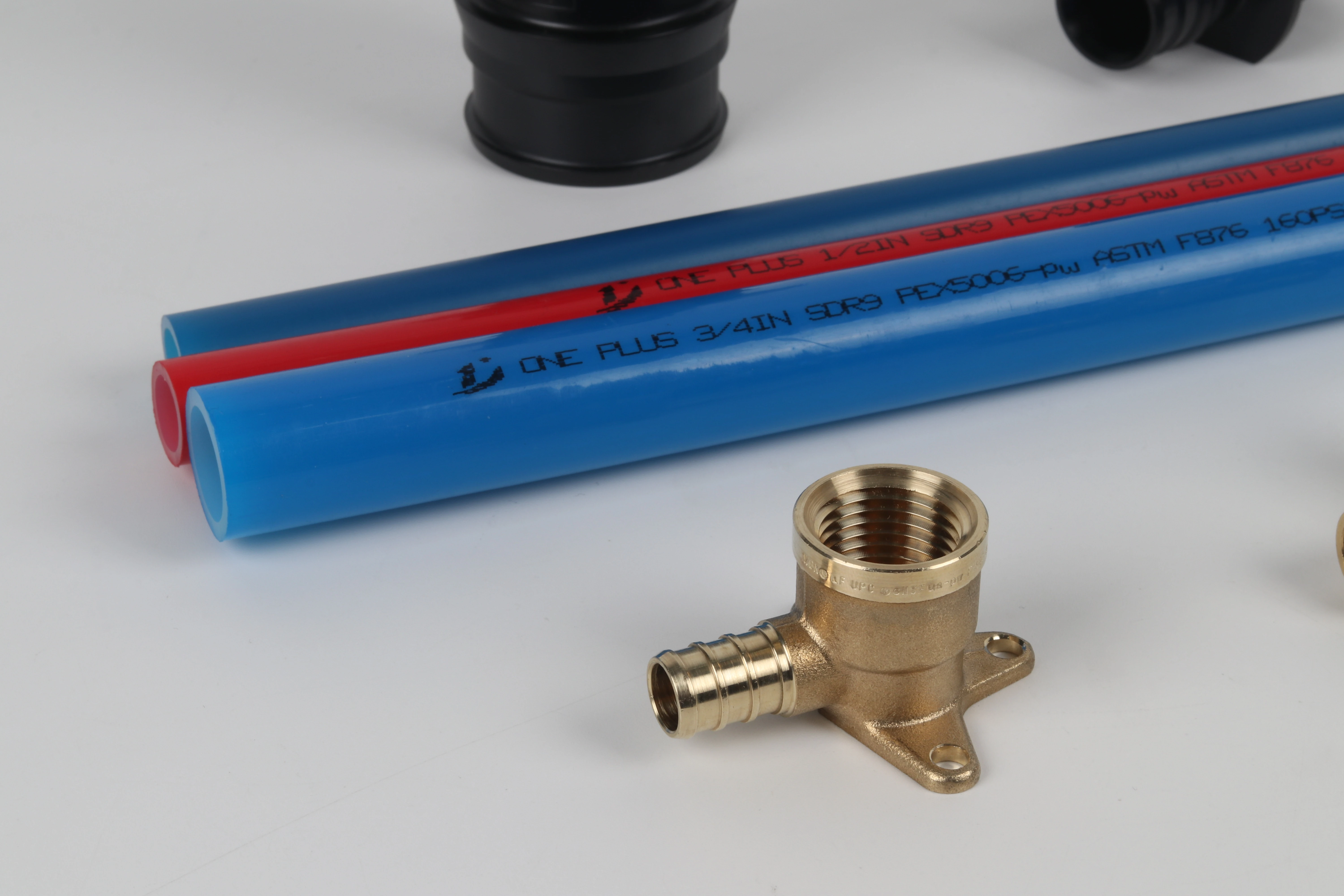
Having installed and tested numerous PEX systems across different water conditions, I’ve witnessed the evolution of PEX technology from early taste and odor concerns to today’s highly refined products. Modern certified PEX pipes, when properly installed and flushed, typically have minimal impact on drinking water taste and odor, though understanding the factors that can influence water quality remains essential for optimal system performance.
Properly certified PEX pipes have minimal impact on drinking water taste and odor when initially flushed according to manufacturer instructions. Modern manufacturing processes and stringent certification requirements have largely eliminated the taste and odor issues sometimes associated with earlier PEX formulations, making contemporary PEX products comparable to other plumbing materials in maintaining water quality.
While PEX generally performs well regarding taste and odor, several factors can influence water quality in PEX systems. Understanding these factors ensures optimal performance and addresses any potential concerns proactively.
What factors influence PEX pipe lifespan in water systems?
Multiple factors determine PEX service life, with water chemistry, operating conditions, and installation quality being primary determinants.
PEX pipe lifespan ranges from 25-50 years and is primarily influenced by water temperature, chlorine/chloramine levels, UV exposure, and mechanical stress. Higher temperatures accelerate chemical degradation, while excessive disinfectant levels can cause oxidative damage that reduces material lifespan through polymer chain breakdown.
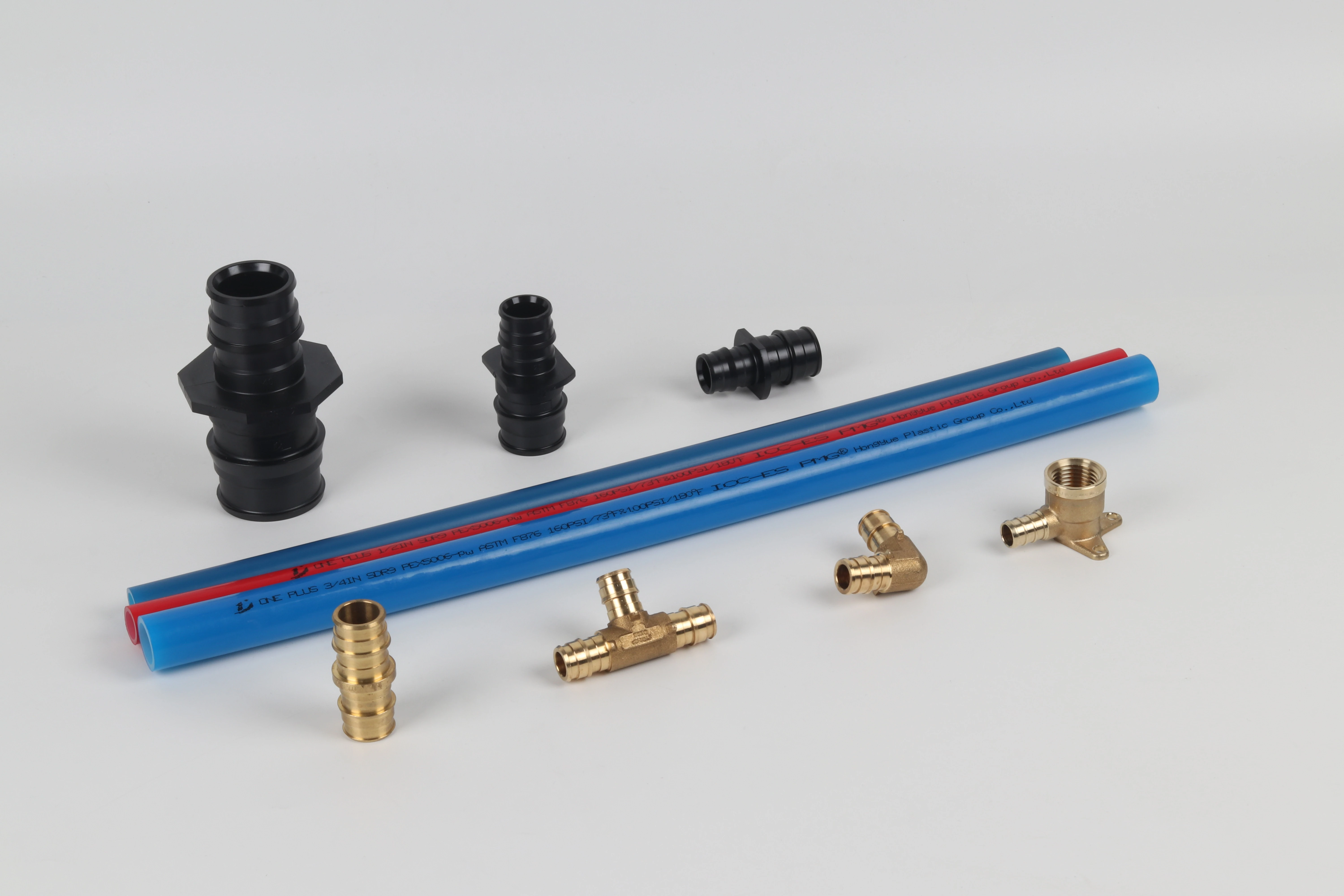
Understanding these influencing factors allows for proactive measures that maximize PEX service life in various applications.
Water Quality Impact
Water chemistry significantly affects PEX longevity:
- Chlorine/chloramine levels above 4 ppm accelerate oxidative degradation
- Water pH outside 6.5-8.5 range can affect material stability
- Water temperature above 140°F (60°C) reduces lifespan exponentially
- Metallic ions like copper and manganese can catalyze degradation
Municipal water typically contains 1-4 ppm chlorine, which most PEX formulations handle effectively. However, points of high disinfectant concentration, such as near injection points, may require PEX with enhanced chlorine resistance.
Environmental and Installation Factors
External conditions substantially impact PEX performance:
- UV exposure causes surface degradation and embrittlement
- Oxygen diffusion in closed-loop systems accelerates component corrosion
- Mechanical stress from improper support or vibration causes fatigue
- Chemical exposure from solvents, oils, or pesticides damages material
Proper installation mitigates these factors through correct support spacing, UV protection, and isolation from chemical exposure. PEX installed in protected interior locations typically achieves maximum service life.
Table: PEX Lifespan Influencing Factors
| Factor | Optimal Condition | Risk Condition | Impact on Lifespan |
|---|---|---|---|
| Water Temperature | < 140°F (60°C) | > 180°F (82°C) | 50% reduction at high temperatures |
| Chlorine Level | < 2 ppm | > 4 ppm | Significant reduction above 4 ppm |
| UV Exposure | Protected | Direct sunlight | Surface degradation in weeks |
| pH Level | 6.5-8.5 | <6 or >9 | Moderate effect at extremes |
| Operating Pressure | At or below rating | Consistently above rating | Accelerated stress fatigue |
Material and Manufacturing Considerations
PEX type and manufacturing quality affect inherent durability:
- PEX-a typically offers the best long-term performance due to uniform cross-linking
- PEX-b provides good performance with proper chlorine resistance
- PEX-c offers uniform properties with specific formulation advantages
Reputable manufacturers conduct accelerated aging tests predicting 50-year performance under standard conditions. These tests verify that certified products maintain structural integrity and pressure capacity throughout their expected service life.
How does PEX resist chlorine and chemical degradation in water?
PEX incorporates stabilizers and relies on its cross-linked structure to resist chemical degradation, though resistance varies by PEX type and formulation.
PEX resists chlorine degradation through antioxidant additives that neutralize chlorine molecules and a dense polymer structure that limits chemical penetration. Higher cross-linked PEX varieties (PEX-a) typically offer superior chlorine resistance, with modern formulations capable of withstanding municipal chlorine levels for decades without significant degradation.
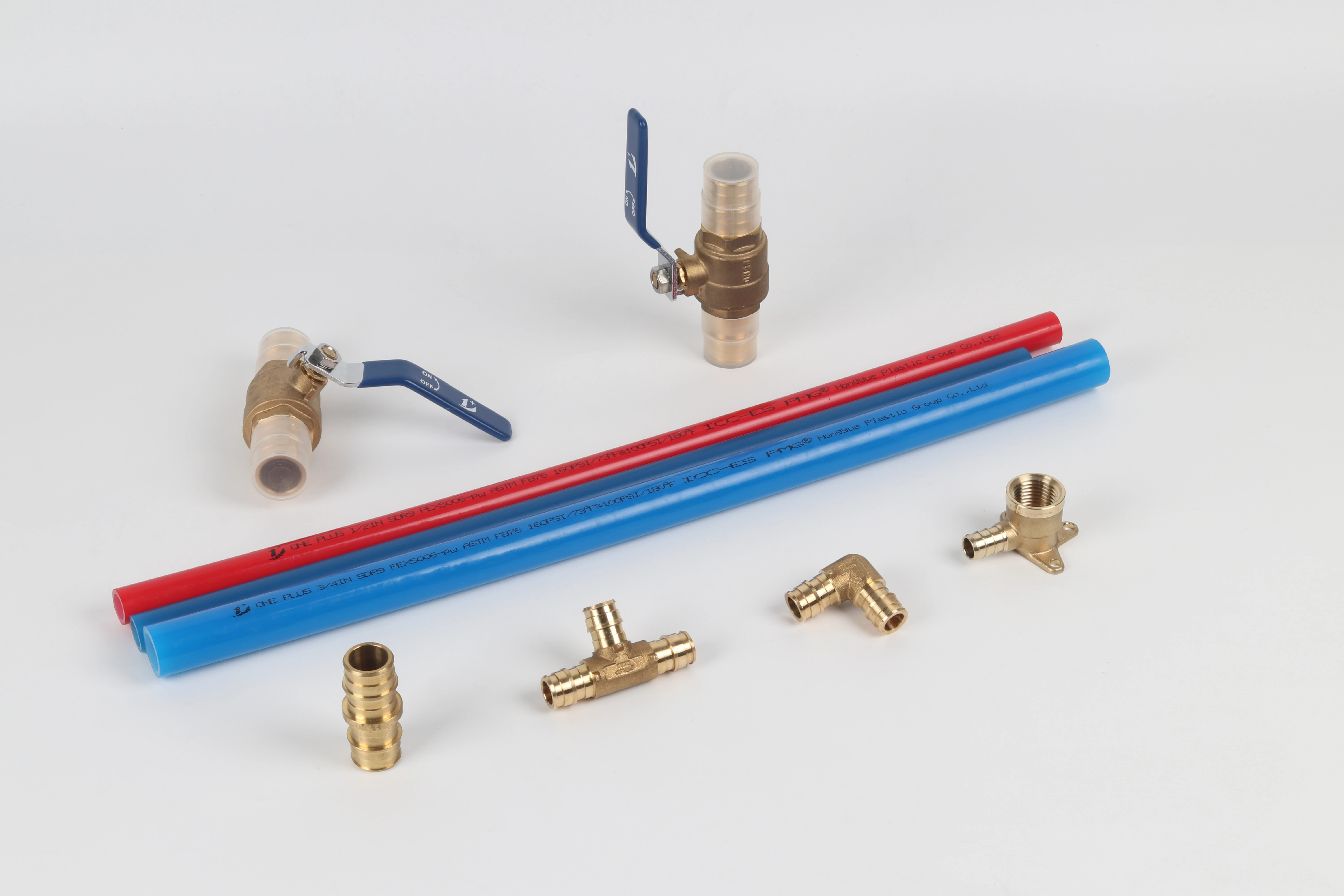
Chlorine resistance represents a critical performance characteristic since most municipal water systems use chlorine or chloramine disinfection.
Chlorine Resistance Mechanisms
PEX employs multiple protection strategies:
- Antioxidant packages that sacrifice themselves to protect polymer chains
- Dense cross-linking that limits chlorine penetration into the material
- Stabilizer systems that neutralize chlorine molecules before damage occurs
- Surface crystallization that creates a protective barrier in some formulations
These mechanisms work together to prevent the chlorine-induced chain scission that causes embrittlement and failure in many plastics. The antioxidant system is particularly important, as it provides ongoing protection throughout the material’s service life.
Comparative Chlorine Resistance
Chlorine resistance varies significantly by PEX type:
- PEX-a typically offers the best chlorine resistance due to higher cross-link density
- PEX-b provides good resistance with properly formulated stabilizer systems
- PEX-c resistance depends heavily on specific manufacturing parameters
Most PEX manufacturers conduct accelerated chlorine testing per ASTM F2263, which subjects samples to highly chlorinated water at elevated temperatures to predict long-term performance. Products passing these tests demonstrate adequate chlorine resistance for typical municipal water applications.
Table: PEX Chemical Resistance Properties
| Chemical Exposure | PEX Resistance | Protection Mechanism | Certification Verification |
|---|---|---|---|
| Chlorine | Excellent (within limits) | Antioxidants, dense structure | ASTM F2263 testing |
| Chloramine | Good to excellent | Stabilizer systems | NSF/ANSI 61 inclusion |
| Acidic Water | Excellent | Non-metallic composition | pH testing in certifications |
| Alkaline Water | Excellent | Chemical inertness | Material stability testing |
| Organic Solvents | Poor | Polymer compatibility | Manufacturer warnings |
Certification and Performance Validation
Industry standards verify chlorine resistance through:
- Accelerated aging tests simulating decades of service
- Long-term hydrostatic strength testing under chlorinated conditions
- Oxidative induction time measurements assessing antioxidant capacity
- Material characterization before and after exposure
These tests ensure that certified PEX products maintain their mechanical properties and structural integrity when exposed to chlorinated water throughout their service life. Manufacturers typically provide temperature and concentration guidelines for optimal performance.
What maintenance practices maximize PEX durability in plumbing systems?
Proactive maintenance significantly extends PEX service life by addressing potential degradation factors before they cause system failure.
Regular inspection, proper support maintenance, UV protection, water quality monitoring, and temperature management maximize PEX durability. Additionally, preventing chemical exposure, maintaining correct pressure levels, and addressing issues promptly preserve material integrity and extend system lifespan significantly beyond minimum expectations.
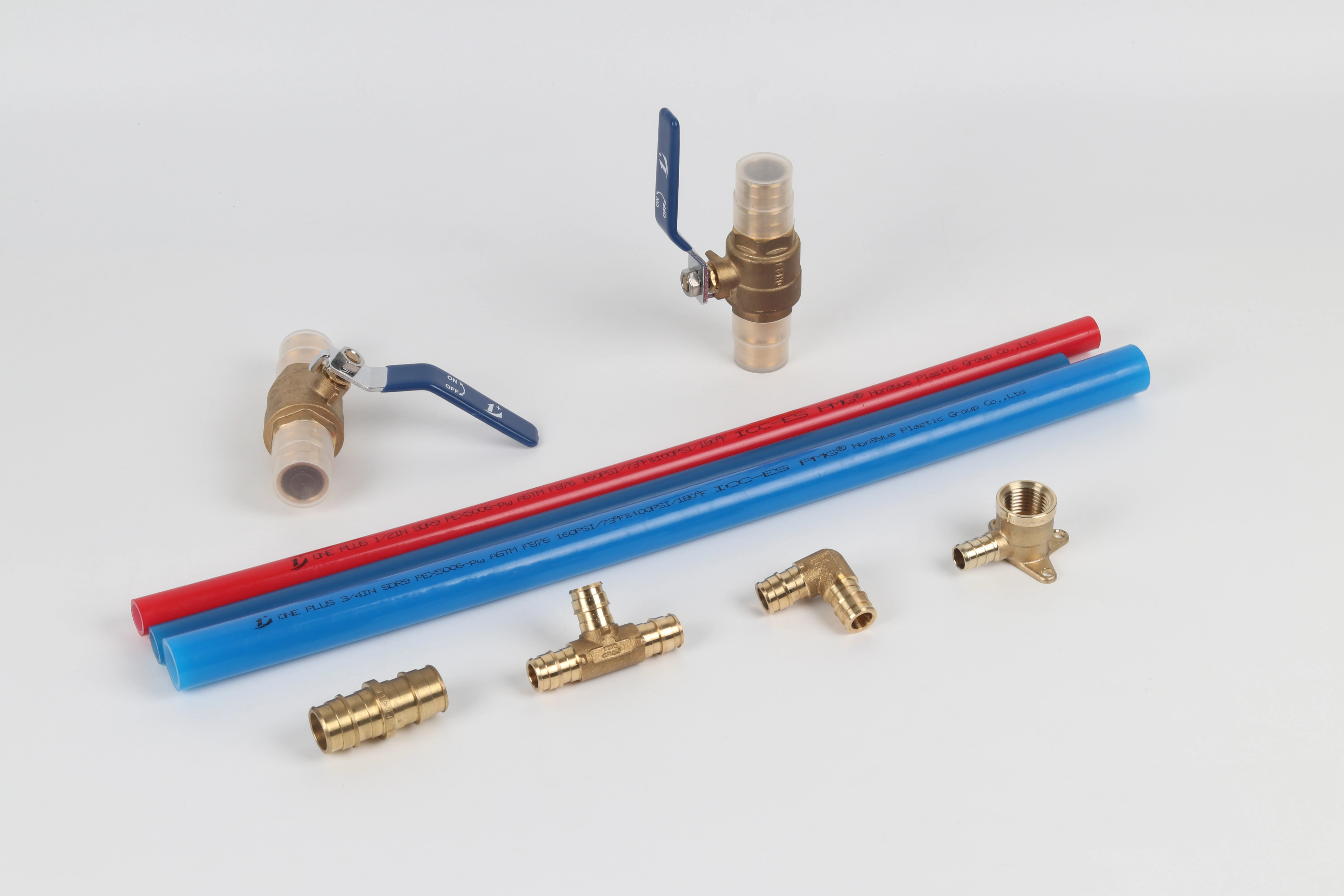
While PEX requires less maintenance than metallic alternatives, strategic attention to key areas ensures optimal long-term performance.
Inspection and Monitoring Protocols
Implement regular inspection schedules:
- Annual visual checks for discoloration, deformation, or surface degradation
- Pressure monitoring to identify developing restrictions or weaknesses
- Flow rate verification at fixtures to detect interior surface changes
- Support inspection ensuring proper alignment and spacing
Document inspection findings to establish performance baselines and identify trends indicating potential issues. Focus particularly on accessible sections in mechanical rooms, basements, and attics where environmental conditions may be more challenging.
Preventive Maintenance Strategies
Proactive measures significantly extend PEX life:
- UV protection for exposed pipes using paint or coverings
- Chemical isolation from solvents, oils, and pesticides
- Temperature management avoiding sustained high-temperature operation
- Sediment filtration preventing abrasive particles in high-velocity sections
Additionally, maintain whole-system components that affect PEX, including expansion tanks, pressure regulators, and water treatment equipment. Proper system operation reduces stress on PEX piping and connections.
Table: PEX Maintenance Schedule and Activities
| Maintenance Activity | Frequency | Procedure | Impact on Durability |
|---|---|---|---|
| Visual Inspection | Annually | Check for discoloration, damage | Early problem identification |
| Support Verification | 2-3 years | Ensure proper spacing, alignment | Prevents stress concentration |
| Pressure Testing | 3-5 years | Verify system integrity | Identifies developing weaknesses |
| Water Quality Review | 2 years | Check disinfectant levels, pH | Ensures operating within limits |
| Component Exercise | Annually | Operate valves, fixtures | Maintains system functionality |
Water Quality Management
While PEX tolerates various water conditions, optimal water quality extends service life:
- Maintain chlorine levels below 4 ppm through dilution if necessary
- Address extreme pH conditions through appropriate treatment
- Filter sediment that could cause erosion at high velocities
- Monitor water temperature avoiding sustained high-temperature operation
In areas with aggressive water conditions, consider periodic water testing to verify that operating conditions remain within PEX design parameters. Documenting water quality trends helps anticipate potential material compatibility issues.
How does PEX durability compare to copper and CPVC pipes?
PEX demonstrates distinct durability advantages in specific applications while showing different failure modes and lifespan characteristics compared to traditional materials.
PEX typically outperforms copper in freeze resistance and corrosion immunity, while copper maintains advantages in UV resistance and high-temperature applications. Compared to CPVC, PEX offers superior impact resistance and freeze tolerance, while CPVC provides better solvent resistance but greater brittleness, particularly at lower temperatures.
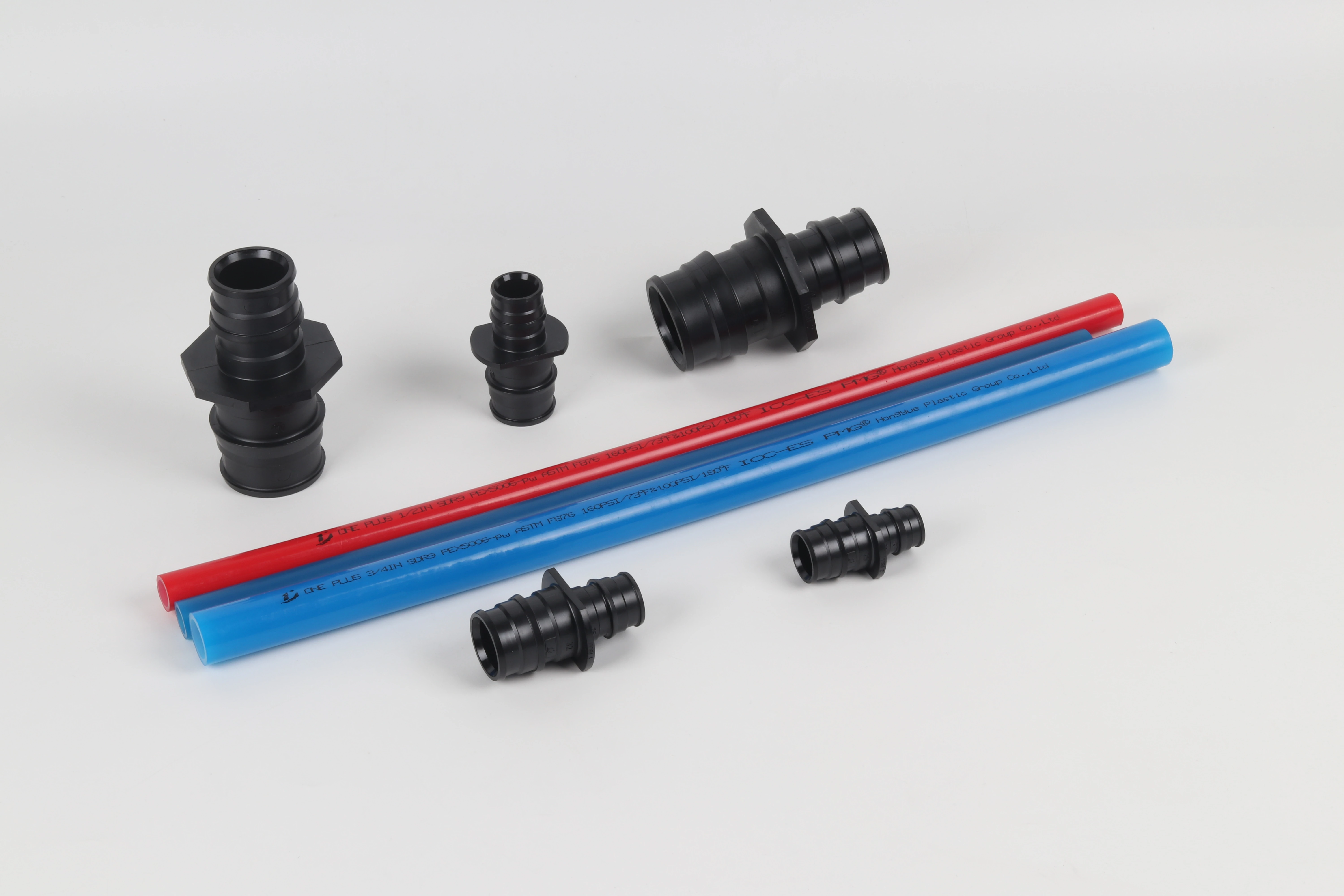
Each material excels in specific applications, with PEX offering particular advantages in challenging environmental conditions and corrosion-prone water systems.
PEX vs Copper Durability
Copper maintains advantages in:
- UV resistance for exposed applications
- Higher temperature tolerance for commercial applications
- Proven longevity with 50+ year track records
- Structural rigidity for exposed installations
PEX demonstrates superior performance in:
- Freeze resistance through expansion capability
- Corrosion immunity in aggressive water conditions
- Scale resistance maintaining flow capacity over time
- Water hammer absorption reducing system stress
Installation differences also affect comparative durability. Copper’s soldered joints create potential failure points, while PEX’s fewer connections reduce leak probability. However, copper’s rigidity provides better resistance to physical damage in exposed locations.
PEX vs CPVC Performance
CPVC offers specific advantages:
- Broader chemical resistance to some solvents
- Higher temperature rating than standard PEX
- Established history in commercial applications
- Solvent-welded joints creating continuous systems
PEX demonstrates superior characteristics in:
- Freeze tolerance without brittle failure
- Impact resistance at all temperatures
- Installation flexibility with fewer joints
- Fatigue resistance under vibration conditions
CPVC’s brittleness, particularly at lower temperatures, makes it more susceptible to impact damage during and after installation. PEX’s flexibility provides better resistance to water hammer and pressure surges.
Table: Durability Comparison Between Piping Materials
| Durability Factor | PEX Performance | Copper Comparison | CPVC Comparison |
|---|---|---|---|
| Freeze Resistance | Excellent (expands) | Poor (bursts) | Poor (shatters) |
| Corrosion Resistance | Excellent (immune) | Variable (water-dependent) | Excellent (immune) |
| Chemical Resistance | Good (varies by type) | Excellent (inert) | Excellent (broad) |
| UV Resistance | Poor (degrades) | Excellent (unaffected) | Poor (degrades) |
| Service Life | 25-50 years (est.) | 50+ years (proven) | 20-40 years (typical) |
Lifecycle and Economic Considerations
Durability differences impact total cost of ownership:
- PEX typically offers lower installation costs with good lifespan
- Copper provides proven longevity with higher initial investment
- CPVC balances cost and performance in specific applications
Environmental factors significantly influence optimal material selection. In areas with aggressive water, PEX’s corrosion immunity may provide longer service life than copper. In freezing climates, PEX’s freeze tolerance prevents the catastrophic failures common with copper and CPVC.
Conclusion
PEX piping, when properly selected and installed, generally has minimal impact on drinking water taste and odor, with modern manufacturing having largely resolved earlier concerns. The material’s durability is influenced by water temperature, chemical exposure, and installation quality, with typical lifespans of 25-50 years. PEX demonstrates excellent chlorine resistance through stabilizer systems and dense molecular structure, outperforming copper in corrosion resistance and freeze tolerance while maintaining advantages over CPVC in impact resistance and flexibility. Proper maintenance including regular inspection, UV protection, and water quality management maximizes PEX service life. Compared to traditional materials, PEX offers a compelling combination of durability, installation efficiency, and reliability that makes it suitable for a wide range of residential and commercial plumbing applications when selected and maintained appropriately.













Commentaires récents